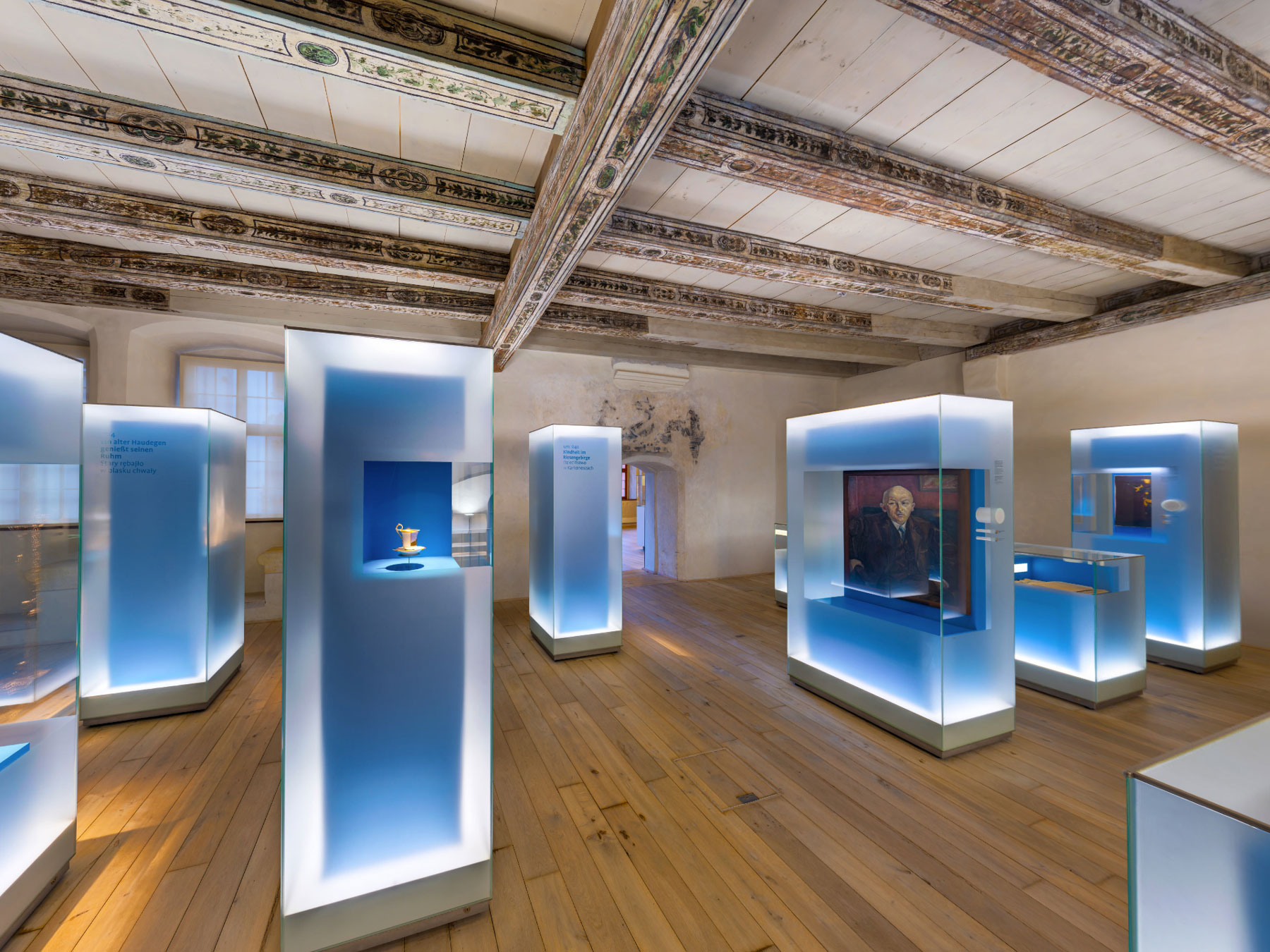
Hauptmann's death mask
Photographs
3D Models
Farewell to the Silesian poet
In 1946, the expulsion of the Germans from Silesia was in full swing. The poet Gerhart Hauptmann was also supposed to leave the country. But before this could happen, he died seriously ill in Agnetendorf on 6 June. "Am I still in my house?" he is said to have asked on his deathbed. The Warmbrunn sculptor Ernst Rülke removed his death mask, only with difficulty was he able to find plaster for it.
At the age of 39, the playwright, author and lyricist Gerhart Hauptmann (1862–1946) retreated to the wild solitude of the Krkonoše Mountains. For decades he resided there in his house Wiesenstein, praised by some as the greatest German poet of the present day. In the houses of the brothers Carl and Gerhart Hauptmann in Schreiberhau and Agnetendorf, the artists of the Giant Mountains as well as important writers, musicians, painters and intellectuals from all over Germany came together.
Hauptmann became an internationally recognised personality, especially when he was awarded the Nobel Prize for Literature in 1912. He was one of the most important representatives of literary naturalism, but also incorporated other styles into his work and saw himself as a successor to the classics, especially Goethe. In his most important drama, “The Weavers” (Silesian: “De Waber”), he created a monument to the Silesian weavers in 1892.
In 1946, Hauptmann fell seriously ill with pneumonia. The special Red Army train on which he was supposed to leave Silesia now carried his coffin westwards, along with his written legacy, his personal possessions and the furnishings of his house. The poet is buried on the island of Hiddensee.
See similar attractions!
On a 2000 m2 exhibition space, visitors can explore approximately 1000 exhibits from the history of Silesian culture.
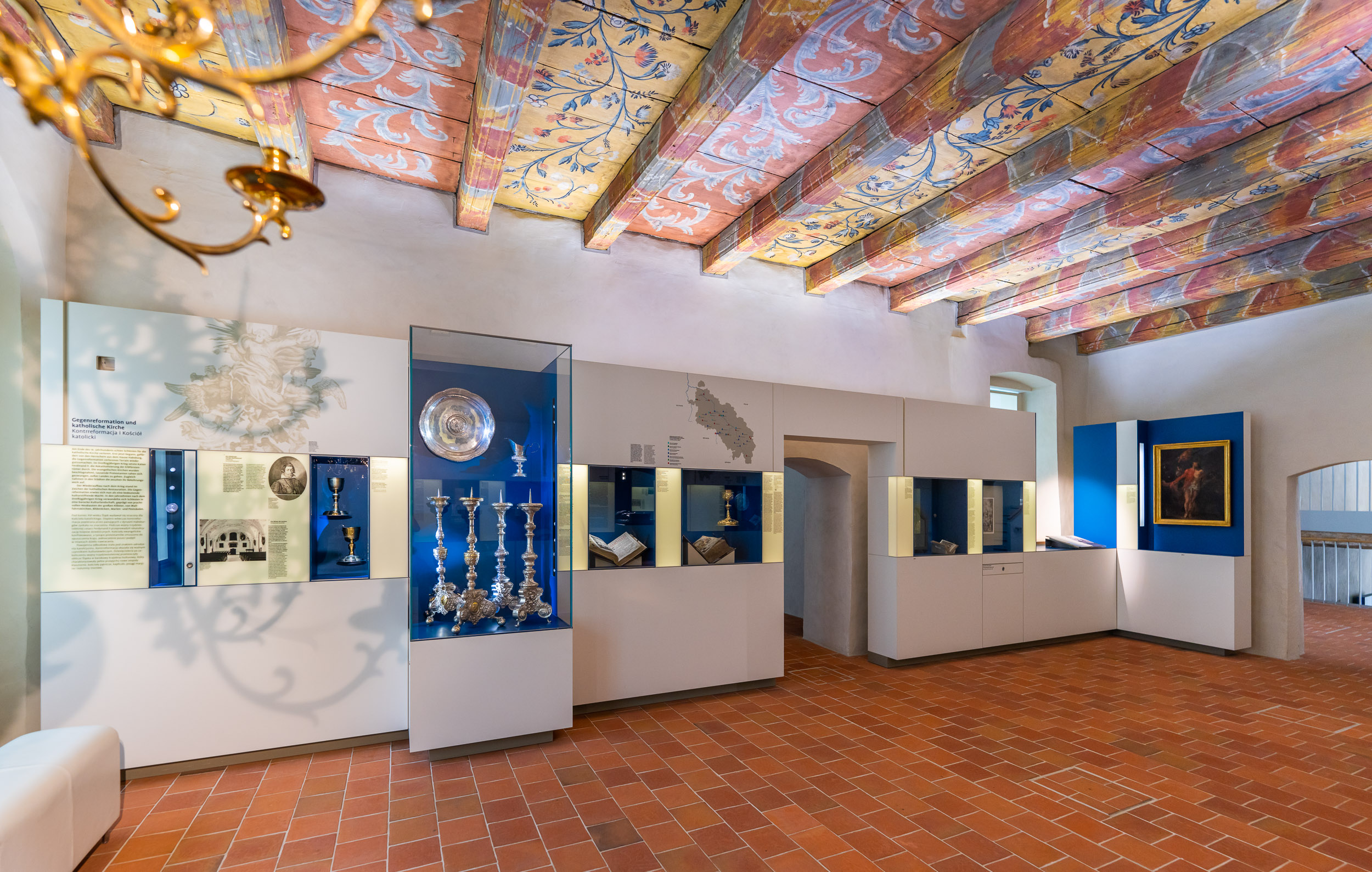)
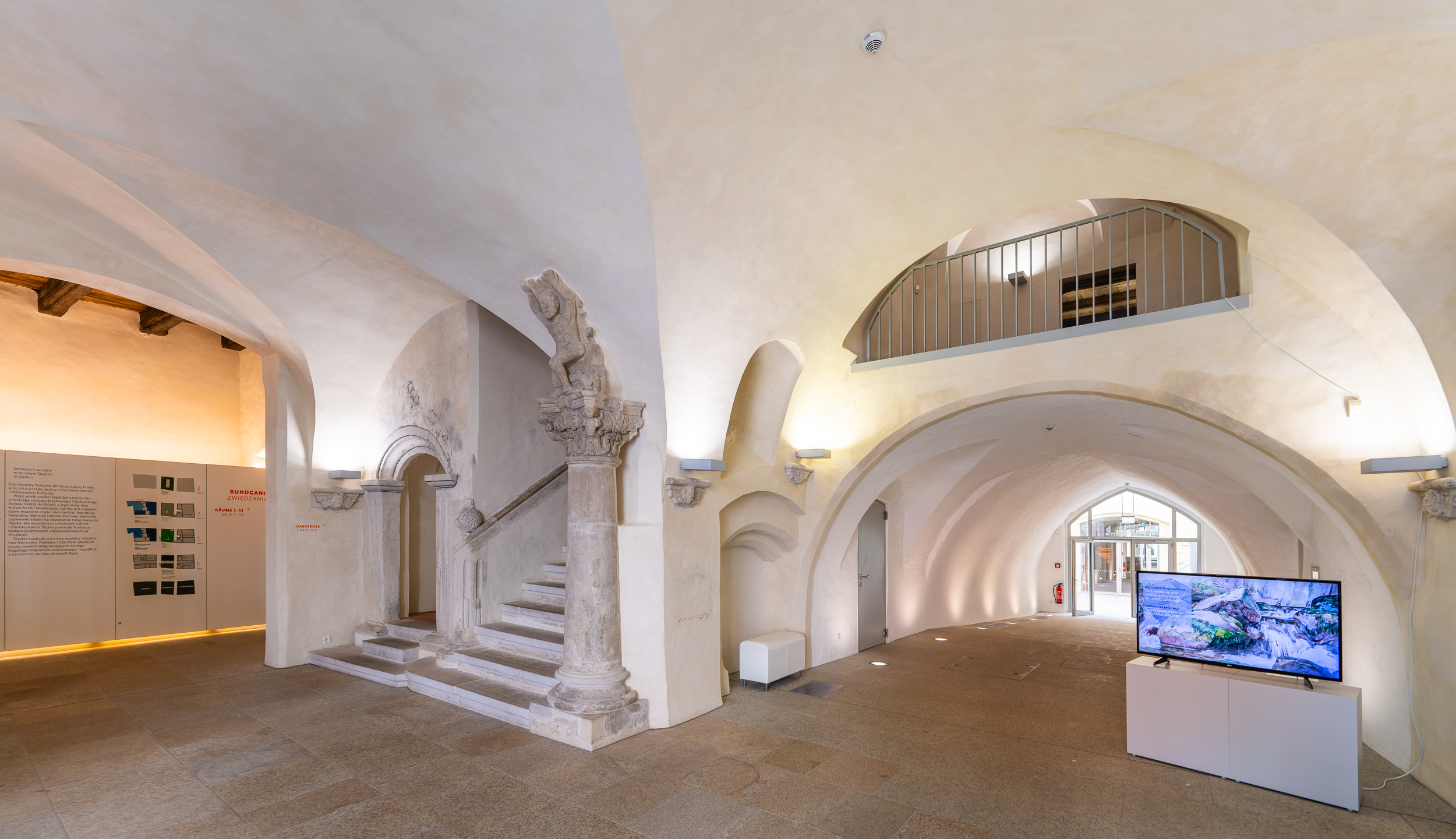)
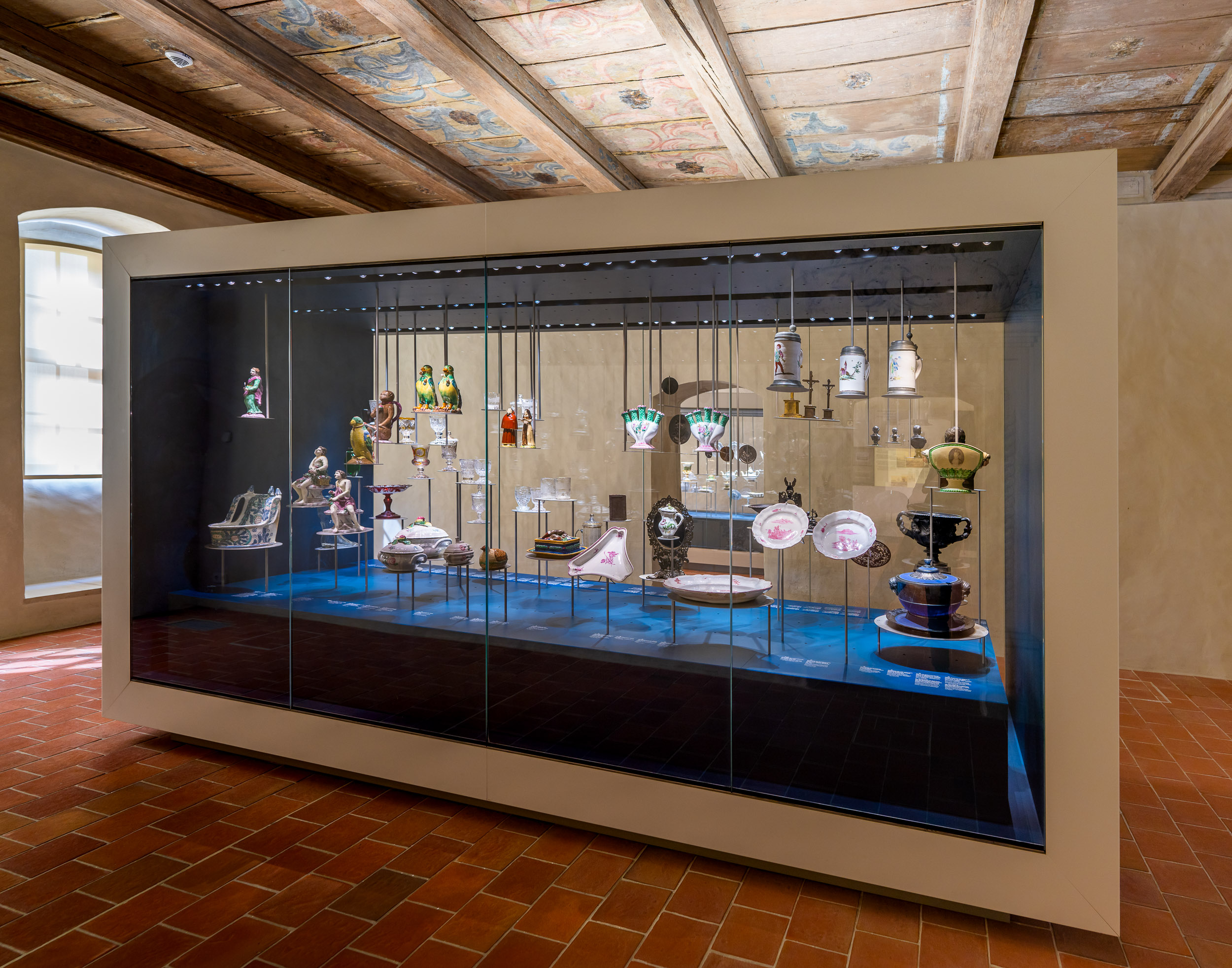)
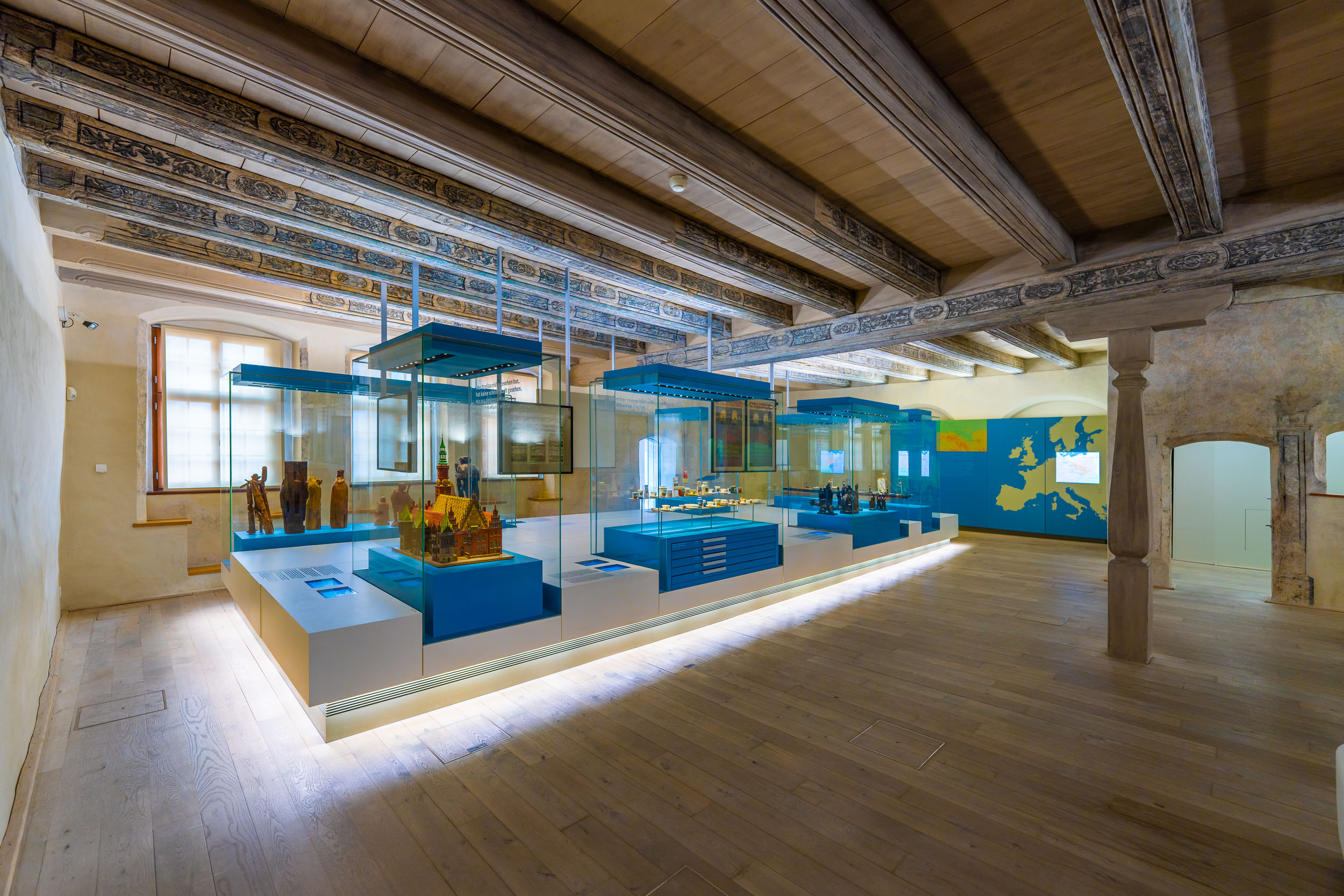)